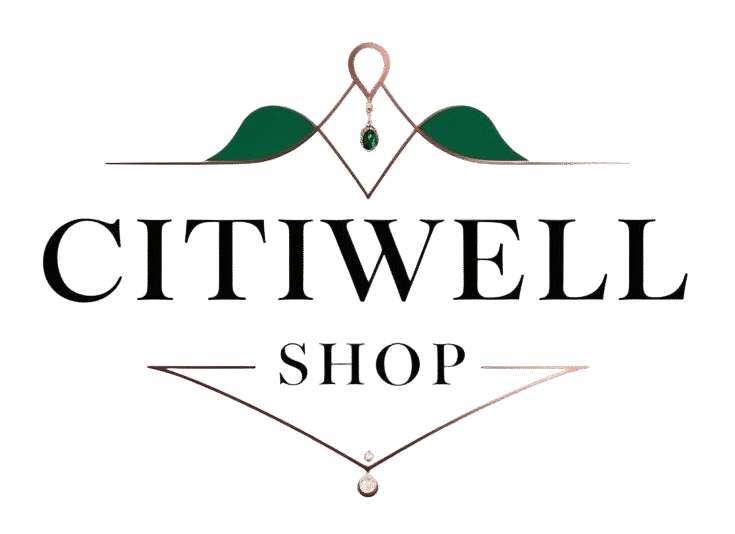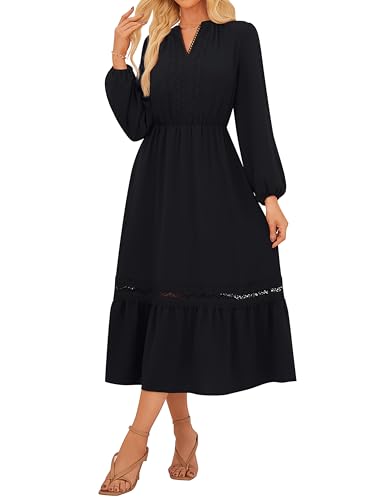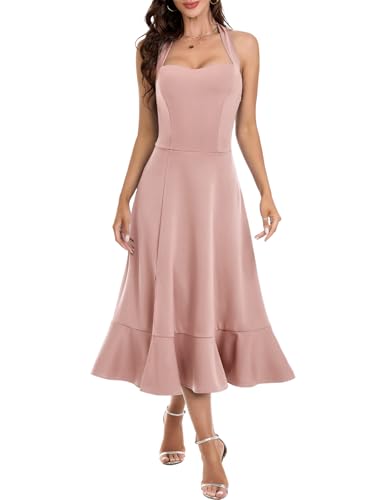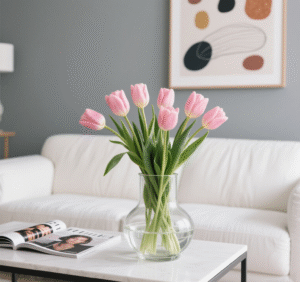Top Collagen Supplement Brands for Glowing Skin & Strong Joints
Collagen keeps skin plump, joints flexible, and hair strong—but our bodies make less of it after 25. Top Collagen Supplement Brands for Glowing Skin & Strong Joints highlights trusted labels that deliver high-quality collagen, with clear ingredients and real results. Whether you want to boost skin elasticity, ease joint pain, or thicken











